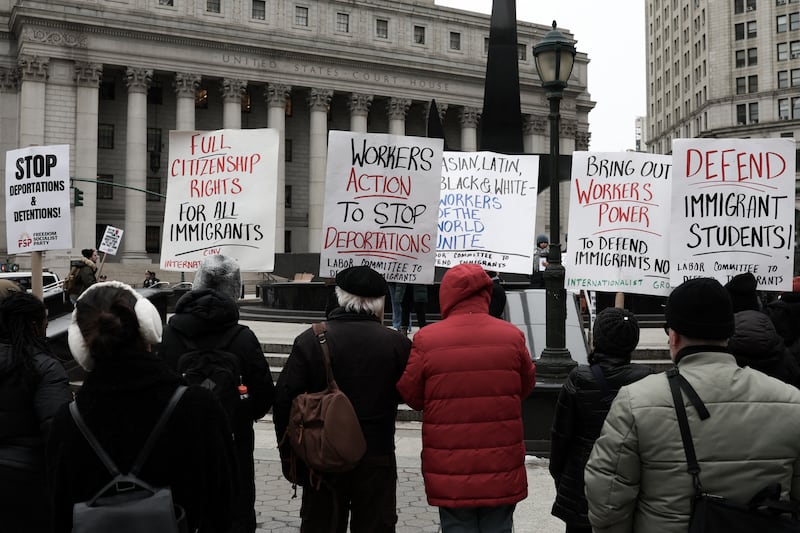Donald Trump did not act alone: that was one takeaway from special counsel Jack Smith’s indictment charging the former US president with attempting to frustrate the peaceful transition of power following his election loss in 2020.
Six alleged accomplices were identified as “co-conspirators” by the US Department of Justice, including four of Trump’s attorneys. None has been charged.
These co-conspirators are variously accused of assisting Trump with everything from intimidating state legislators and election officials to cooking up “sham” investigations into supposed electoral fraud, and exploiting the anger of the crowd that stormed the Capitol on January 6th 2021.
While prosecutors did not name the co-conspirators – as is standard practice for individuals mentioned in an indictment but not charged – they painted a vivid picture of their alleged involvement in various schemes.
Details in the indictment all but directly identify some of the more familiar characters in Trump’s orbit based on public information.
Rudy Giuliani
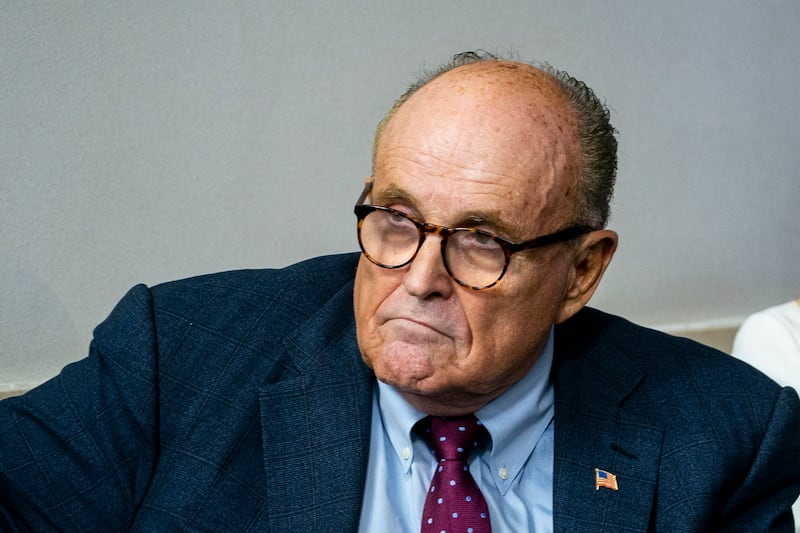
Former New York mayor turned Trump lawyer Rudy Giuliani has identified himself as being “personally involved” in the litigation.
His previously reported actions match those attributed to co-conspirator 1, described in the indictment as “an attorney who was willing to spread knowingly false claims and pursue strategies that the defendant’s 2020 re-election campaign attorneys would not”.
As the alleged leader of the Trump White House’s campaign to meddle with the election results, he is accused of repeatedly lobbying lawmakers in Arizona and Georgia, presenting them with unsubstantiated claims of hordes of dead people having voted in the swing states, while also attempting to mislead elected officials in Pennsylvania and Michigan.
Giuliani took to Twitter soon after the indictment was released, posting a 185-minute live video in which he reiterated claims of voting irregularities in “crooked Democrat cities”, adding that while he did not think anyone lied in the aftermath of the 2020 election, “you have the right to lie under the First Amendment”. He called some of the charges a “nothingburger”.
The 79-year-old also faces civil defamation cases brought by Dominion and Smartmatic, companies that make voting technology, and is reported to be a target of a separate investigation into Trump’s alleged efforts to change vote tallies in Georgia, led by Fulton county district attorney Fani Willis.
A lawyer for Giuliani, Robert Costello, did not respond to a request for comment. In a statement to the New York Times, Costello acknowledged that it “appears that Mayor Giuliani is alleged to be co-conspirator No 1″.
John Eastman
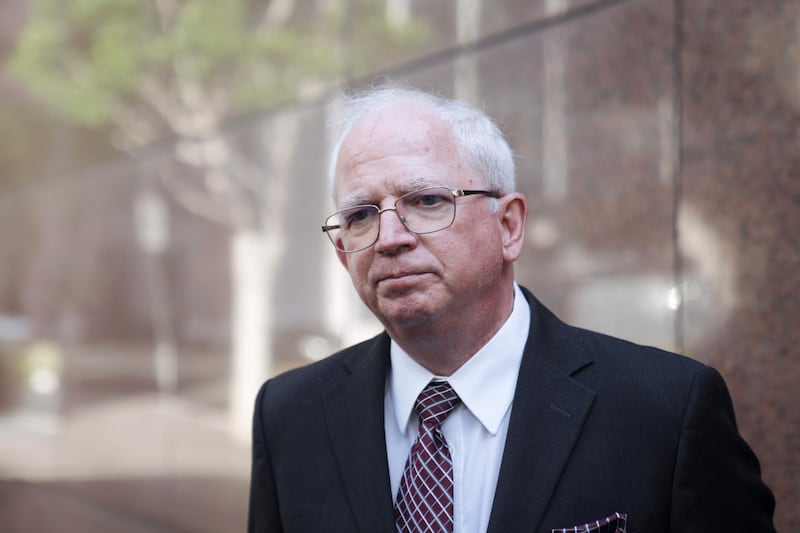
Described as “an attorney who devised and attempted to implement a strategy to leverage [vice-president Mike Pence’s] ceremonial role overseeing the certification proceeding to obstruct the certification of the presidential election”, co-conspirator 2 appears to refer to lawyer John Eastman. He was hauled in front of the House of Representatives select committee examining January 6th last year to explain his involvement in the events leading up to the riots.
A conservative lawyer and former supreme court clerk who joined the Trump camp after the November election, Eastman was once described by Pence’s counsel as “a serpent in the ear of the president of the United States”, according to an email released by the January 6th committee.
[ Donald Trump cases explained: Where does each investigation stand?Opens in new window ]
[ Donald Trump bets indictments will keep propelling his White House bidOpens in new window ]
Co-conspirator 2 is alleged to have compiled a memo claiming votes were miscounted in seven states – a document mentioned in the January 6th report and attributed to Eastman. On January 4th, co-conspirator 2 is also alleged to have been told that his plan for Pence to frustrate the certification would “cause riots in the streets”, and to have responded “that there had previously been points in the nation’s history where violence was necessary to protect the republic”.
On the morning of January 6th, co-conspirator 2 is further accused of addressing the crowd with a speech that matches the one given by Eastman, telling Trump supporters that Pence needed to act to stop Congress from certifying Joe Biden’s victory so that “the American people know whether we have control of the direction of our government or not”.
In a statement, lawyers for Eastman said the indictment “relies on a misleading presentation of the record to contrive criminal charges against ... Trump and to cast ominous aspersions on his close advisers”.
They added that their client was not entering into a plea agreement with prosecutors and would fight any charges if brought.
Sidney Powell
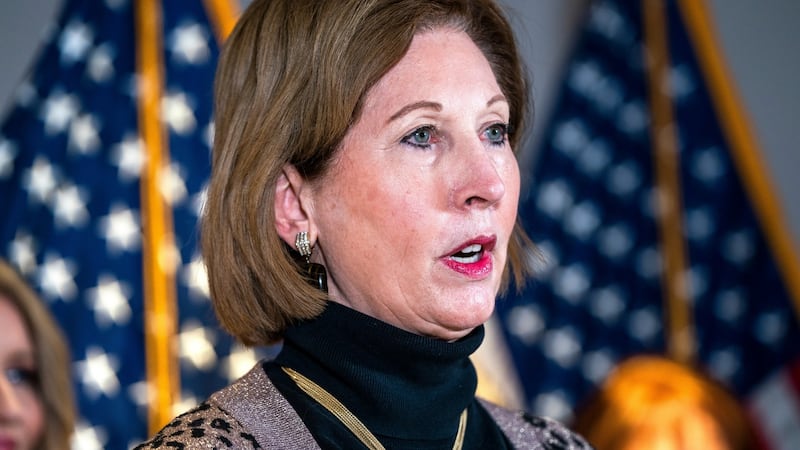
Co-conspirator 3 is another attorney, described as someone “whose unfounded claims of election fraud” Trump privately referred to as “crazy”, but whose theories he nonetheless “embraced and publicly amplified”.
The few details provided by prosecutors appear to match Sidney Powell, a former federal prosecutor who joined the fight to overturn the 2020 election result shortly after expressing concerns about its legitimacy on the podcast of Steve Bannon, who was a former political adviser to Trump, in November of that year.
Co-conspirator 3 is alleged to have filed a lawsuit against the governor of Georgia later that month, claiming “massive election fraud” was accomplished through a voting machine company’s election software and hardware. A case matching this description was brought by Powell, only to be dismissed a few weeks later. Powell has since faced sanctions for filing frivolous lawsuits.
Powell is perhaps most famous for appearing at a press conference alongside Giuliani in November 2020, in which she claimed to be raising awareness of the “massive influence of communist money through Venezuela, Cuba and likely China in the interference with [US] elections”.
Like Giuliani, Powell faces civil defamation cases brought by Dominion and Smartmatic. A lawyer for Powell declined to comment.
Jeffrey Clark
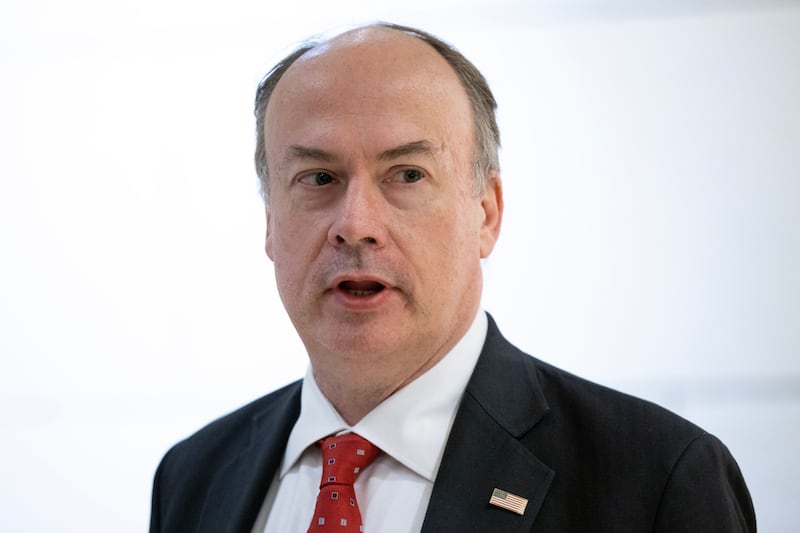
A little-known Department of Justice official until late 2020, Jeffrey Clark was introduced to Trump in December of that year, and was briefly proposed as an acting attorney general after allegedly telling the president that if appointed he would tell state officials that the department had evidence of election fraud, according to the January 6th committee’s final report.
His involvement in the attempts to overturn the election results, as detailed in the House’s January 6th report, match the description of co-conspirator 4, who prosecutors say was “a justice department official who worked on civil matters and who, with the defendant, attempted to use the justice department to open sham election crime investigations and influence state legislatures with knowingly false claims of election fraud”.
[ Trump faces stark alternatives: the Oval Office or jailOpens in new window ]
He is alleged to have “tried to coerce” the acting attorney general at the time, Jeffrey Rosen, to sign and send a draft letter containing such claims to state officials just two days before January 6th, saying he would take Rosen’s job unless he and his deputy agreed to the proposal.
When told that if Trump remained in office there would be “riots in every major city in the United States”, co-conspirator 4 is alleged to have responded: “Well ... that’s why there’s an Insurrection Act,” referencing a law that allows federal troops to be deployed to suppress lawlessness.
A lawyer for Clark did not respond to request for comment. Russ Vought, president of the Center for Renewing America, a rightwing think-tank where Clark now works, accused the Department of Justice of “attempting to entrap innocent Americans in criminal schemes,” and said his institute was “fighting with Jeff Clark”.
Kenneth Chesebro
The author of the notorious “Wisconsin memo” – as co-conspirator 5 is referred to in the indictment – appears to be Kenneth Chesebro, a legal adviser to the Trump campaign identified by the January 6 committee’s report as the person who drafted “a series of legal memoranda” that laid the groundwork for a so-called fake electors plan.
This matches the definition of co-conspirator 5 provided by prosecutors in the indictment as “an attorney who assisted in devising and attempting to implement a plan to submit fraudulent slates of presidential electors to obstruct the certification proceeding”.
Chesebro was first recruited to the Trump campaign as a volunteer, and according to the January 6th committee, suggested in November 2020 that the president “could gain a few extra weeks for litigation to challenge Wisconsin’s election results, so long as a Wisconsin slate of Republican nominees to the electoral college met on December 14th to cast place holder electoral college votes on a contingent basis”.
A lawyer for Chesebro did not immediately respond to a request for comment.
Co-conspirator 6
The identity of co-conspirator 6, described as a “political consultant who helped implement a plan to submit fraudulent slates of presidential electors to obstruct the certification proceeding” is not immediately obvious.
Few details are given in the indictment, beyond references to the individual sourcing phone numbers for US senators, identifying helpful attorneys, and participating in a conference call with Pennsylvania electors. – Copyright The Financial Times Limited 2023

